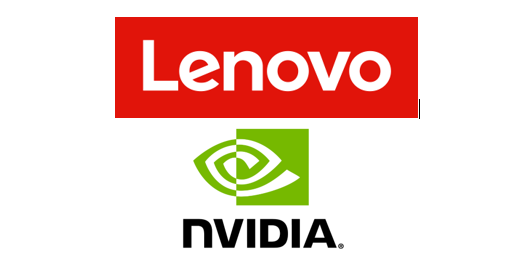 Today NASA announced a code-speedup contest called the High Performance Fast Computing Challenge (HPFCC). The competition will reward qualified contenders who can manipulate the agency’s FUN3D design software so it runs ten to 10,000 times faster on the Pleiades supercomputer without any decrease in accuracy.
Today NASA announced a code-speedup contest called the High Performance Fast Computing Challenge (HPFCC). The competition will reward qualified contenders who can manipulate the agency’s FUN3D design software so it runs ten to 10,000 times faster on the Pleiades supercomputer without any decrease in accuracy.
“This is the ultimate ‘geek’ dream assignment,” said Doug Rohn, director of NASA’s Transformative Aeronautics Concepts Program (TACP). “Helping NASA speed up its software to help advance our aviation research is a win-win for all.”
NASA’s aviation research is based on what is often described as a three-legged stool.
- One leg sees initial designs tested with computational fluid dynamics, or CFD, which relies on a supercomputer for numerical analysis and data structures to solve and analyze problems.
- Another leg involves building scale models to test in wind tunnels and hopefully confirm previous CFD results.
- The third leg takes the research into the air, such as with experimental aircraft – or X-planes – that can fly with or without pilots, to further analyze and demonstrate a particular technology’s capability.
This challenge is specifically targeted to speed up the CFD portion of our aerospace research,” said Michael Hetle, TACP program executive. “Some concepts are just so complex, it’s difficult for even the fastest supercomputers to analyze these models in real time. Achieving a speed-up in this software by orders of magnitude hones the edge we need to advance our technology to the next level!”
Details:
- The FUN3D software is written predominately in Modern Fortran. Since the code is owned by the U.S. government, it has strict export restrictions requiring all challenge participants to be U.S. citizens over the age of 18.
- NASA is looking for qualified people who can download the FUN3D code, analyze the performance bottlenecks, and identify possible modifications that might lead to reducing overall computational time.
- Examples of modifications would be simplifying a single subroutine so that it runs a few milliseconds faster. If this subroutine is called millions of times, this one change could dramatically speed up the entire program’s runtime.
- The HPFCC is supported by two NASA partners – HeroX and TopCoder – and offers two specific opportunities to compete. A prize purse of up to $55,000 will be distributed among first and second finishers in two categories.
To take on this challenge, and you don’t need a supercomputer to do so, just visit https://herox.com/HPFCC. Code submissions must be received by 5 p.m. EDT, June 29, and winners will be announced August 9.



